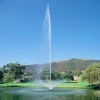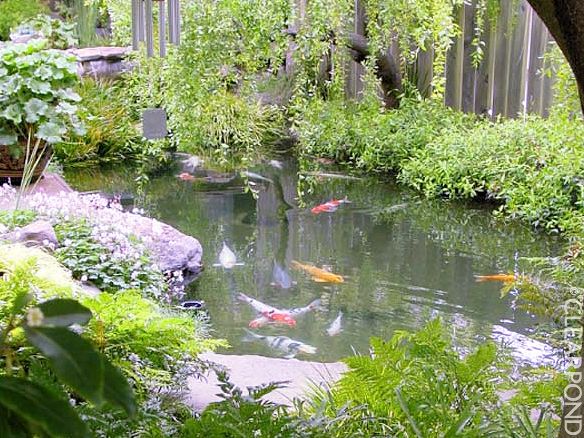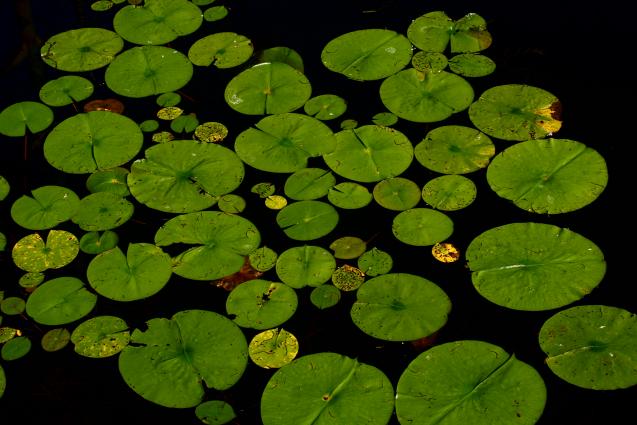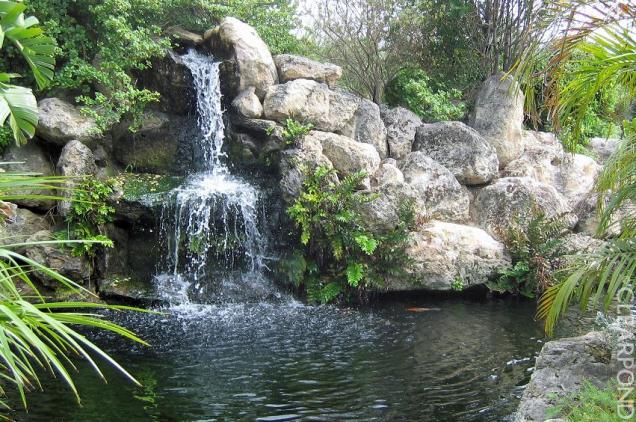
4 Common Problems When It Comes To Lake Management
By Clearpond|November 23, 2015
Lakes and dams are a bit like people. Each one is different. Just as some people are neat and well-groomed whilst others are a bit murky and rough around the edges - so too are lakes and dams. Some can be a bit temperamental, high maintenance or even sickly whilst others are able to look after themselves.
Every lake has its own unique ecosystem where many factors play a role - including the different nutrients, the temperature, the oxygen levels and the area surrounding the lake - and it can be a challenge for those involved in lake management to get the balance right.
Here are some of the most common questions that people ask about dams and lakes - but if you suspect that there may be something seriously wrong with the water quality of your lake or if you don’t see any improvements, then you should get professional advice from an expert in lake management.
Why is the water pea-green?
Green water is generally a sign of high phosphate levels, so you should investigate the possible causes of this imbalance. Run-off into the dam, especially from areas where a lot of phosphate-rich fertiliser is used such as in agricultural areas or golf course fairways - can be one of the reasons for elevated phosphate levels. Also, as phosphates are a primary source of nutrients for algae, the water may be affected by a prevalence of green algae - so you may need to put in place some algae control measures.
Why are the fish dying?
If fish are dying, the most common cause is oxygen depletion. In other words, the oxygen dissolved in the water has dropped to a level that is too low for fish to survive. Another reason could be that pesticides and other harmful chemicals have entered the dam during heavy rains and caused fish to die or it could be a result of an algal bloom which could deplete the oxygen or be toxic to the fish.
What can I do about rising levels of silt/decaying matter at the bottom of the lake?
Heavy particles of decaying organic plant debris and fish waste will settle on the bottom of the lake or pond and create ‘sludge’. This can not only cause problems with a nutrient imbalance (which can cause algae to proliferate) but can also impact on the water depth and therefore the water quality. Effective lake management involves making sure that the levels of silt, dead vegetation and debris don’t build up to the extent that they impact negatively on the equilibrium of the lake and affect water quality and aesthetics. Some decaying matter is necessary to sustain certain aquatic life forms, but an excess is harmful.
Why is the water murky and not clear?
‘Turbidity’ refers to how clear the water is. Murky water is caused by an excess of suspended particles from animal or plant waste and can also result from an imbalance in the nutrient or pH levels. There are water treatment products on the market that are designed to improve water clarity but it’s always best to look at the big picture when it comes to sustainable lake management.
As mentioned, each lake is different and the only way to find a long-term lake management solution is to understand the unique set of circumstances impacting on your particular lake’s ecosystem. If you understand the role that each component plays in the balance of the ecosystem - such as sunlight, nutrients, oxygen, aquatic life etc - it will be far easier to find answers to any questions and work out a long-term strategy.
For more in-depth answers to any questions you have about your lake and how to manage it, it’s really worth giving the experts at a call. Clearpond are leaders in the creation and management of aquatic environments and they have all the expertise and technical know-how as well as a range of advanced products and equipment to help you ‘clear up’ any dam problems! Call them on 08 9353 2266 or visit their website, .
Every lake has its own unique ecosystem where many factors play a role - including the different nutrients, the temperature, the oxygen levels and the area surrounding the lake - and it can be a challenge for those involved in lake management to get the balance right.
Here are some of the most common questions that people ask about dams and lakes - but if you suspect that there may be something seriously wrong with the water quality of your lake or if you don’t see any improvements, then you should get professional advice from an expert in lake management.
Why is the water pea-green?
Green water is generally a sign of high phosphate levels, so you should investigate the possible causes of this imbalance. Run-off into the dam, especially from areas where a lot of phosphate-rich fertiliser is used such as in agricultural areas or golf course fairways - can be one of the reasons for elevated phosphate levels. Also, as phosphates are a primary source of nutrients for algae, the water may be affected by a prevalence of green algae - so you may need to put in place some algae control measures.
Why are the fish dying?
If fish are dying, the most common cause is oxygen depletion. In other words, the oxygen dissolved in the water has dropped to a level that is too low for fish to survive. Another reason could be that pesticides and other harmful chemicals have entered the dam during heavy rains and caused fish to die or it could be a result of an algal bloom which could deplete the oxygen or be toxic to the fish.
What can I do about rising levels of silt/decaying matter at the bottom of the lake?
Heavy particles of decaying organic plant debris and fish waste will settle on the bottom of the lake or pond and create ‘sludge’. This can not only cause problems with a nutrient imbalance (which can cause algae to proliferate) but can also impact on the water depth and therefore the water quality. Effective lake management involves making sure that the levels of silt, dead vegetation and debris don’t build up to the extent that they impact negatively on the equilibrium of the lake and affect water quality and aesthetics. Some decaying matter is necessary to sustain certain aquatic life forms, but an excess is harmful.
Why is the water murky and not clear?
‘Turbidity’ refers to how clear the water is. Murky water is caused by an excess of suspended particles from animal or plant waste and can also result from an imbalance in the nutrient or pH levels. There are water treatment products on the market that are designed to improve water clarity but it’s always best to look at the big picture when it comes to sustainable lake management.
As mentioned, each lake is different and the only way to find a long-term lake management solution is to understand the unique set of circumstances impacting on your particular lake’s ecosystem. If you understand the role that each component plays in the balance of the ecosystem - such as sunlight, nutrients, oxygen, aquatic life etc - it will be far easier to find answers to any questions and work out a long-term strategy.
For more in-depth answers to any questions you have about your lake and how to manage it, it’s really worth giving the experts at a call. Clearpond are leaders in the creation and management of aquatic environments and they have all the expertise and technical know-how as well as a range of advanced products and equipment to help you ‘clear up’ any dam problems! Call them on 08 9353 2266 or visit their website, .



